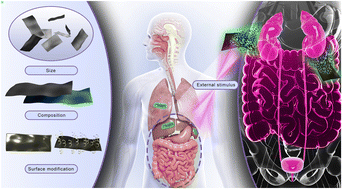Biodistribution, degradability and clearance of 2D materials for their biomedical applications
Abstract
Two-dimensional (2D) materials have evolved to be a class of rapidly advancing chemical entities in the biomedical field. Nevertheless, potential side effects and safety concerns severely limit their clinical translation. After administration, 2D materials cross multiple biological barriers and are distributed throughout the body. Only the portion that accumulates at the diseased sites exerts a therapeutic effect, whereas those distributed elsewhere may cause damage to healthy tissues and interference to normal physiological function of various organs. To achieve maximum therapeutic efficacy and minimum adverse effects simultaneously, the delivery of 2D materials must be targeted at diseased sites to reach therapeutic concentrations, and the materials must possess sufficient degradation and clearance rates to avoid long-term toxicity. Therefore, it is essential to understand the biodistribution and destiny of 2D materials in vivo. In this review, first, we provide a comprehensive picture of the strategies that are currently adopted for regulating the in vivo fate of 2D materials, including modulations of their size, surface properties, composition, and external stimuli. Second, we systematically review the biodistribution, degradation, and metabolism of several newly emerged 2D materials. Finally, we also discuss the development opportunities of 2D materials in the biomedical field and the challenges to be addressed.

- This article is part of the themed collection: ChemSocRev – Highlights from 2023


 Please wait while we load your content...
Please wait while we load your content...